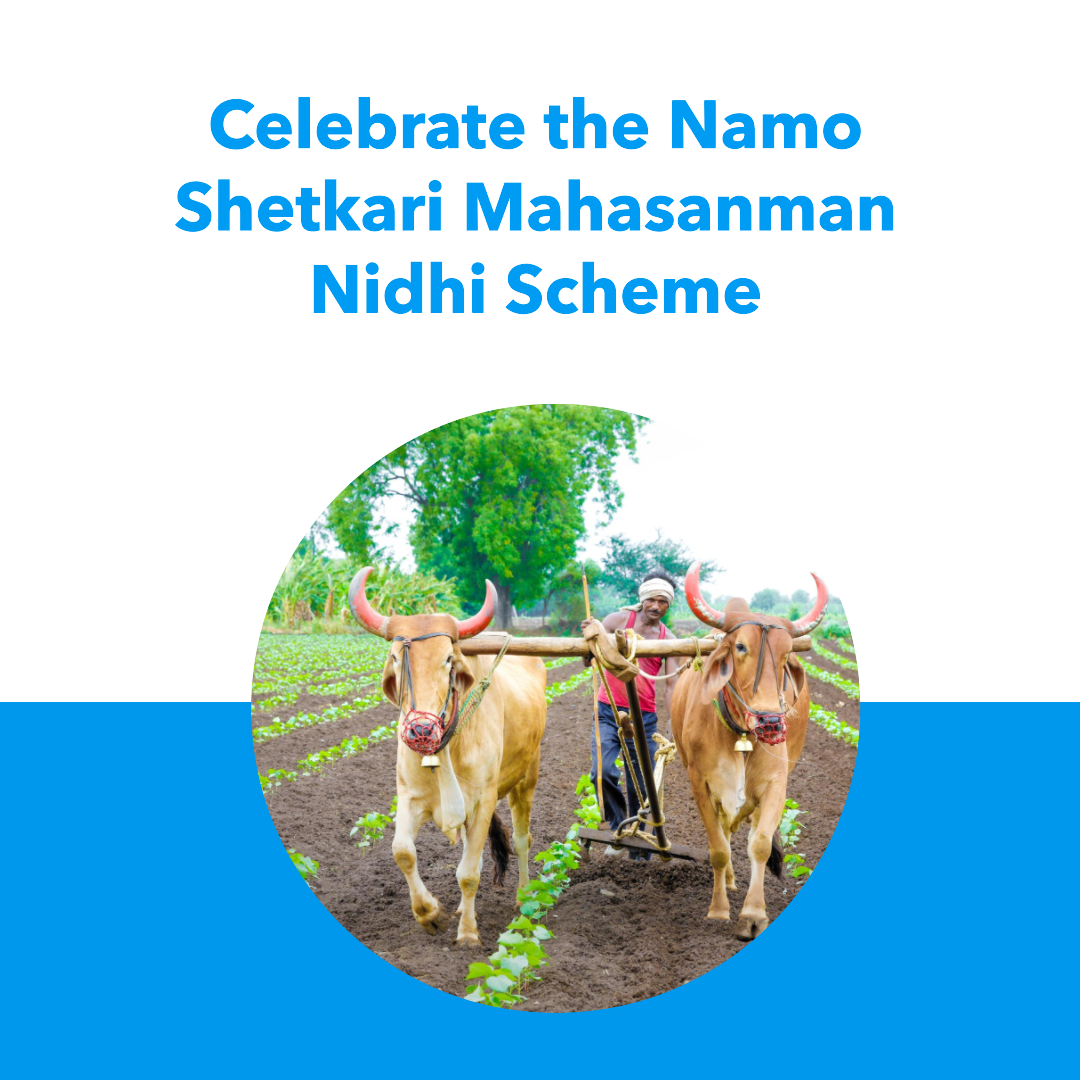Introduction
Maharashtra, a state with a rich agricultural heritage, heavily relies on crops like cotton and soybean for its economic prosperity. These crops are not only crucial for domestic consumption but also contribute significantly to the state’s export revenue. However, the agricultural sector, particularly for small and marginal farmers, is often at the mercy of fluctuating market prices, natural calamities, and economic downturns. To mitigate the financial risks faced by cotton and soybean farmers, the Maharashtra government introduced the Bhavantar Yojana.
Understanding the Bhavantar Yojana
The Bhavantar Yojana, or Price Difference Scheme, is a financial safety net designed to protect farmers from the adverse impact of price fluctuations in the cotton and soybean market. The core principle of the scheme is to compensate farmers for the difference between the Minimum Support Price (MSP) declared by the central government and the actual price they receive for their produce. This initiative aims to ensure a stable income for farmers, thereby boosting their confidence and encouraging them to invest in sustainable agricultural practices.
Key Provisions of the Bhavantar Yojana
- Target Beneficiaries: The scheme primarily targets cotton and soybean farmers in Maharashtra who have registered their cultivation through the e-Peak Pahari app or portal during the Kharif season.
- Financial Assistance: The government provides a flat rate of Rs. 5,000 per hectare for cotton and soybean farmers who cultivate more than 0.2 hectares. To ensure inclusivity, farmers with less than 0.2 hectares of land are eligible for Rs. 1,000 per hectare assistance, with a maximum cap of 2 hectares.
- Disbursement Mechanism: The financial aid is directly transferred to the farmers’ Aadhaar-linked bank accounts through the Direct Benefit Transfer (DBT) system, ensuring transparency and efficiency in the process.
- Funding: The Bhavantar Yojana is funded under the Growth Special Action Plan with the allocated account number 2401B419.
Rationale Behind the Scheme
The decision to implement the Bhavantar Yojana was primarily driven by the recognition of the challenges faced by cotton and soybean farmers. The sector is characterized by price volatility, often leading to distress among farmers, especially those with small landholdings. By providing a guaranteed minimum income, the government aims to:
- Stabilize Farmers’ Income: Protect farmers from the vagaries of the market and ensure a steady income source.
- Encourage Crop Diversification: Promote the cultivation of cotton and soybean by reducing financial risks, thereby enhancing crop diversity.
- Improve Agricultural Practices: Empower farmers to invest in better quality seeds, fertilizers, and technology, leading to increased productivity and sustainable agriculture.
- Support Rural Economy: Strengthen the rural economy by boosting farmers’ purchasing power, which in turn stimulates demand for goods and services in rural areas.
Implementation Challenges and Opportunities
While the Bhavantar Yojana is a commendable initiative, its successful implementation hinges on several factors. Some of the challenges include:
- Accurate Data Collection: Ensuring accurate data on crop area, yield, and prices is crucial for effective targeting and disbursement of funds.
- Preventing Leakage: Implementing robust mechanisms to prevent fraudulent claims and ensure that the benefits reach the intended beneficiaries is essential.
- Timely Disbursement: Efficient and timely transfer of funds to farmers is crucial to maintain trust and confidence in the scheme.
- Sustainability: The long-term sustainability of the scheme depends on adequate budgetary allocation and effective monitoring.
Despite these challenges, the Bhavantar Yojana presents several opportunities:
- Data-Driven Decision Making: The scheme can generate valuable data on crop production, market prices, and farmer income, which can be used to inform future agricultural policies.
- Public-Private Partnerships: Collaborating with the private sector can enhance the scheme’s impact by leveraging their expertise in technology, market linkages, and financial services.
- Risk Management Tools: Integrating the scheme with other risk management tools like crop insurance can provide comprehensive protection to farmers.
Conclusion
The Bhavantar Yojana is a significant step towards safeguarding the livelihoods of cotton and soybean farmers in Maharashtra. By providing a stable income and mitigating price risks, the scheme has the potential to transform the agricultural landscape of the state. However, its success depends on effective implementation, continuous monitoring, and addressing emerging challenges. With proper execution, the Bhavantar Yojana can serve as a model for other states and contribute to the overall development of the Indian agricultural sector.
Resources:
- Bhavantar Yojana Payment Status Check Click Here
- Government Resolution Dated on 29 July, 2024:





Thank you for being of assistance to me. I really loved this article.
I’m so in love with this. You did a great job!!
I really appreciate your help
Thank you for your articles. They are very helpful to me. May I ask you a question?
whoah this blog is magnificent i love reading your posts. Keep up the good work! You know, lots of people are looking around for this information, you could help them greatly.
It is perfect time to make some plans for the future and it’s time to be happy. I have read this post and if I could I want to suggest you some interesting things or tips. Maybe you could write next articles referring to this article. I desire to read more things about it!
Howdy! Quick question that’s totally off topic. Do you know how to make your site mobile friendly? My website looks weird when browsing from my iphone4. I’m trying to find a theme or plugin that might be able to fix this problem. If you have any recommendations, please share. Thank you!
magnificent submit, very informative. I wonder why the opposite specialists of this sector do not realize this. You must continue your writing. I am confident, you have a huge readers’ base already!
Hello, Neat post. There is a problem together with your site in internet explorer, may check this?IE nonetheless is the market chief and a big part of other folks will miss your excellent writing because of this problem.
Hello There. I found your blog using msn. This is a very well written article. I抣l be sure to bookmark it and return to read more of your useful info. Thanks for the post. I will definitely return.
Thank you, I have recently been looking for information about this subject for ages and yours is the greatest I’ve discovered till now. But, what about the bottom line? Are you sure about the source?
I’m so in love with this. You did a great job!!
May I have information on the topic of your article?